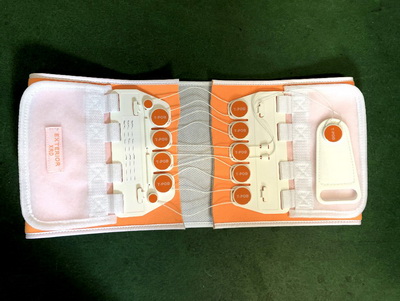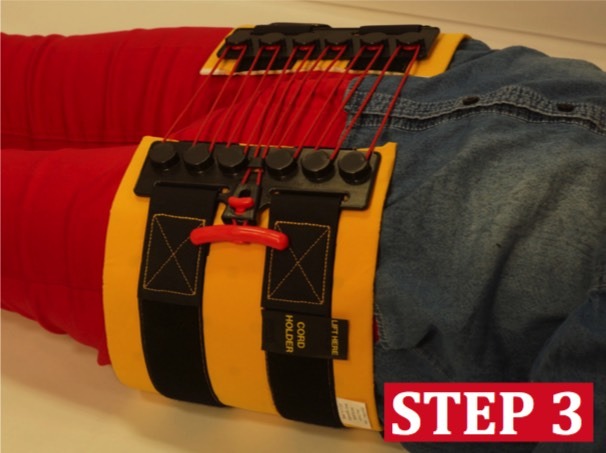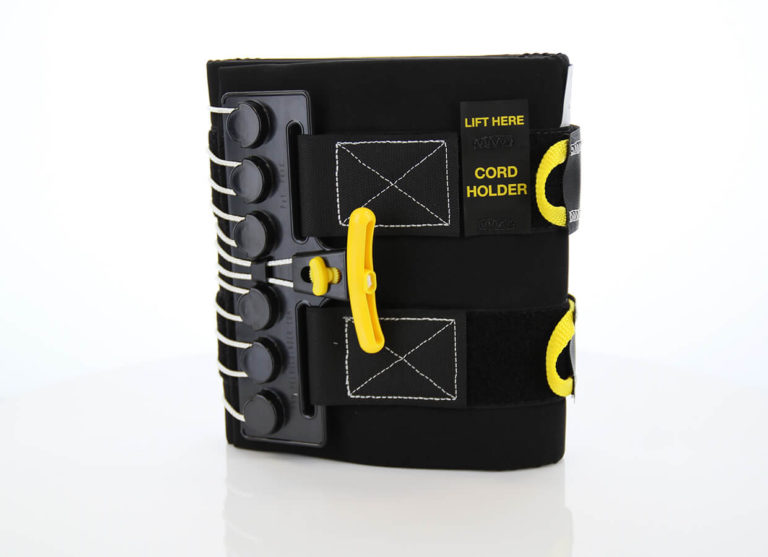

To give you an idea, these patient’s on average require between 2-6L of blood replacement over their time at hospital! The pelvis as it is, provides a large space to bleed into and does a poor job of self tamponading due to the greater available volume. It is a number that become ruptured too it is almost unheard of for a single vessel injury to occur with a fracture. Fracture of this ring has a high likelihood of causing rupture of any number of these large blood vessels. The pelvic ring is intertwined with a large number of veins and arteries. There is a ring or crown of bone surrounding the pelvic organs. For the most part, there is a significant mechanism required to achieve a fracture or else an osteoporosis process occurring in the patient prior to injury. The most common places we see them are in the setting of MVA’s, car vs pedestrian and in some falls. Pelvic fractures are a really relevant injury to be aware of in the prehospital setting they have a high rate of going undiagnosed in the field and are a statistically significant cause for hypovolemia in the setting of trauma. It was great last coffee and cases getting Suzi’s take on these injuries and the further treatment provided at hospital.Ĭonsider this a summary of the points covered during our session. I also wanted to open the floor for discussion about our current stance, equipment and management of these injuries. So I picked pelvic fractures the assessment, physiology and treatments. I wanted to write about something topical and about an area that I wanted to know more about. Apologies for the late publishing of this entry, I’ve had a few things on my plate. The Journal of Bone and Joint Surgery, 93(11), 1524–1528.Hi Team, first blog for me on here so go easy. Accurate placement of a pelvic binder improves reduction of unstable fractures of the pelvic ring. Pre-hospital and emergency department management of pelvic fractures and major trauma centre status: Has practice changed? Trauma, 19(3), 207–211.īonner T. Scandinavian Journal of Trauma, Resuscitation and Emergency Medicine, 24(1), 73–81.īarnes J., Thomas P., Refaie R. Effectiveness of non invasive external pelvic compression: A systematic review of the literature. Orthopaedics and Trauma, 28(3), 151–158.īakhshayesh P., Boutefnouchet T. (iv) The initial assessment and early management of patients with severe pelvic ring injuries. Scandinavian Journal of Caring Sciences, 30(2), 234–240.Īcharya M. Learning by simulation in prehospital emergency care: An integrative literature review. HEMS emergency medical services pelvic binder pelvic injury pre-hospital trauma.Ībelsson A., Rystedt I., Suserud B.


This would subsequently improve the quality of patient care and ensure adequate haemorrhage control is maintained. Further education and training around clinical assessment of the pelvis may improve the accuracy of pelvic binder application by all paramedics. Frequent exposure to major trauma and familiarity with pelvic binders may have resulted in greater accuracy among HEMS paramedics. HEMS paramedics were more accurate than paramedics, but only 39% of all binders placed in the study were applied correctly. This study supports existing research highlighting cases of inaccurate pelvic binder placement. Clinical decision-making to apply a pelvic binder was largely in accordance with a local standard operating procedure. A total of 15.4% (n = 2) paramedics and 61.5% (n = 8) HEMS paramedics applied the pelvic binder centrally over both greater trochanters. A total of 23.1% (n = 3) paramedics and 61.5% (n = 8) HEMS paramedics identified the correct landmarks on both sides of the pelvis. A total of 92.3% (n = 12) paramedics and 100% (n = 13) HEMS paramedics verbalised the correct landmarks. Descriptive and inferential statistics were used in the analysis of results to compare performance between the two groups. Participants read two clinical scenarios and indicated if they would apply a pelvic binder. Participants were asked to name and identify the landmarks (greater trochanters) on a simulated patient and apply the Prometheus pelvic splint.

Paramedics and Helicopter Emergency Medical Service (HEMS) paramedics were recruited via an internal advert. Recent hospital studies identified poor accuracy of pelvic binder application, but there is little pre-hospital research to date.Ī pilot observational study was conducted in an NHS ambulance service to examine the accuracy of landmark identification and pelvic binder application. Pre-hospital treatment of suspected haemorrhagic pelvic fractures includes application of a purpose-made pelvic binder.


 0 kommentar(er)
0 kommentar(er)
